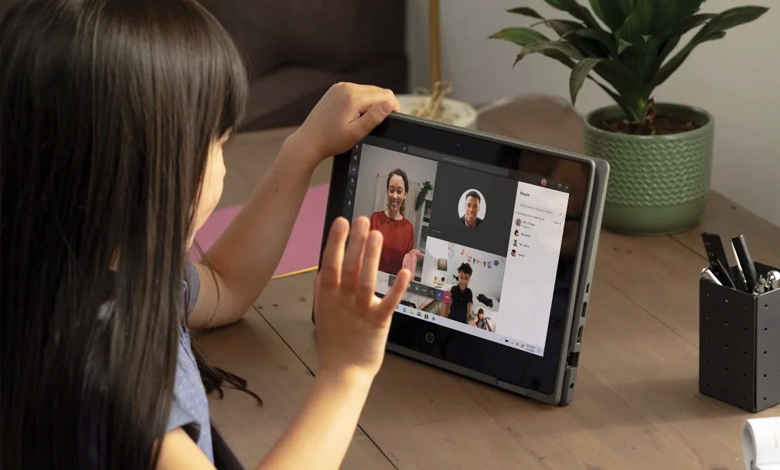There is a plethora of powerful tech to empower educators and students these days to enhance their ability to communicate and collaborate. Yet there are so many teachers and students confused and frustrated by this remote teaching experiment.
Our work as Microsoft Professional Development Specialists is to listen to our K–12 community’s challenges and provide the answers to help overcome them. In this blog post, we’ll discuss just a few of the challenges educators and students face in the current climate of teaching and learning in person and online. We’ll also review how the Microsoft in Education suite can arm educators, students, and parents with the tools they need to succeed.
Face-to-face Student and Teacher Interaction
The things that students and teachers love about school is what they have been craving most since March. While many were eager to get back to their classrooms all summer, the experience is a stark contrast to what they are used to. No more desks clustered together to promote collaboration, no more group work with shared supplies, no more flexible seating furniture scattered throughout the room for all students to use, and no more team-building activities that require a contribution from each student. These are the things that build school and classroom culture. These are the things that siblings hear about around the dinner table, then secretly hope and pray they get the same teacher when they get to 4th grade. How do teachers keep the magic of school alive when everything has to be socially distant and independent?
Remote Student and Teacher Interaction
As if designing a whole new way to deliver instruction wasn’t hard enough on teachers, how do teachers recreate opportunities to bond with their students through informal conversations? These sacred moments usually occur during morning arrival, afternoon dismissal, subject-area transitions, in the hallway going to lunch, or on the playground. This is when teachers and students get to know each other best. They share stories and experiences, laughs, hugs, and sometimes, tears. Without a doubt, these moments will be hard to come by remotely, as this style of teaching and learning is scheduled, prescribed, and lacks opportunity for casual interactions. The solution, the way we see it: Flipgrid and Microsoft Teams Posts and Chat feature.
Canvas, Zoom, and Teams, Oh My!
Overwhelmed doesn’t even begin to describe how teachers are feeling these days. In a flurry of panic, many school districts bought licensing for multiple products, just to make sure students and teachers had a solution during emergency remote learning in the spring. While this decision was rooted in good intentions, it has ultimately caused a lot of confusion about when to use each tool. There are many districts experiencing success by leveraging the power of Microsoft Teams and Class Notebook in place of a traditional LMS, and a popular trifecta is utilizing Canvas, Microsoft Teams, and Zoom. In my neighboring school district, the message is this:
Canvas: LMS meant to be a one-stop shop for students when it comes to delivery of instruction and assignments
Microsoft Teams: Internal faculty and staff communication and collaboration
Zoom: Quickly adopted and used for teacher and student interaction in the spring, and by default, continuing to be used for this purpose
While there isn’t much overlap with Canvas and Microsoft Teams in the example above—due to the fact that Canvas is being used for the student audience and Teams is being used solely for the teachers, administration, and support staff—teachers are still uncertain about which video conferencing tool to use.
Create Effective Learning Environments that Allow Students to Thrive
Our Professional Development team at Connection is rooted in the knowledge that every tool isn’t going to work for every situation, learning activity, or audience. Our focus is on teaching and learning as a priority and finding the right tool to support instruction. Our professional development sessions lean heavily on questions and conversations. We ensure our training participants feel comfortable asking all the questions they want, so we can help them find the best approach using the right tools. Then we train them on how to use the right Microsoft Edu tools for the best results. Reach out to us to get started.

